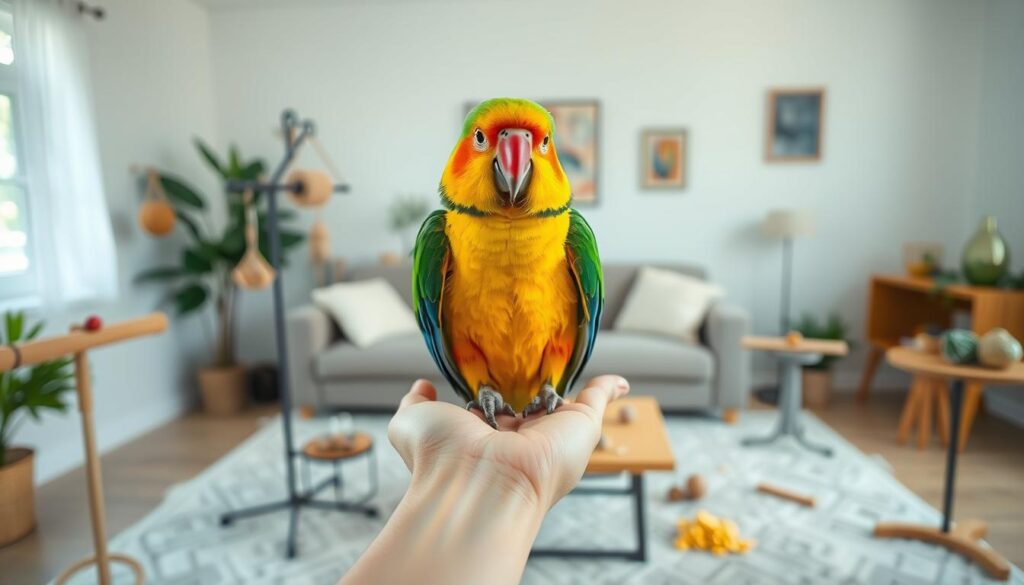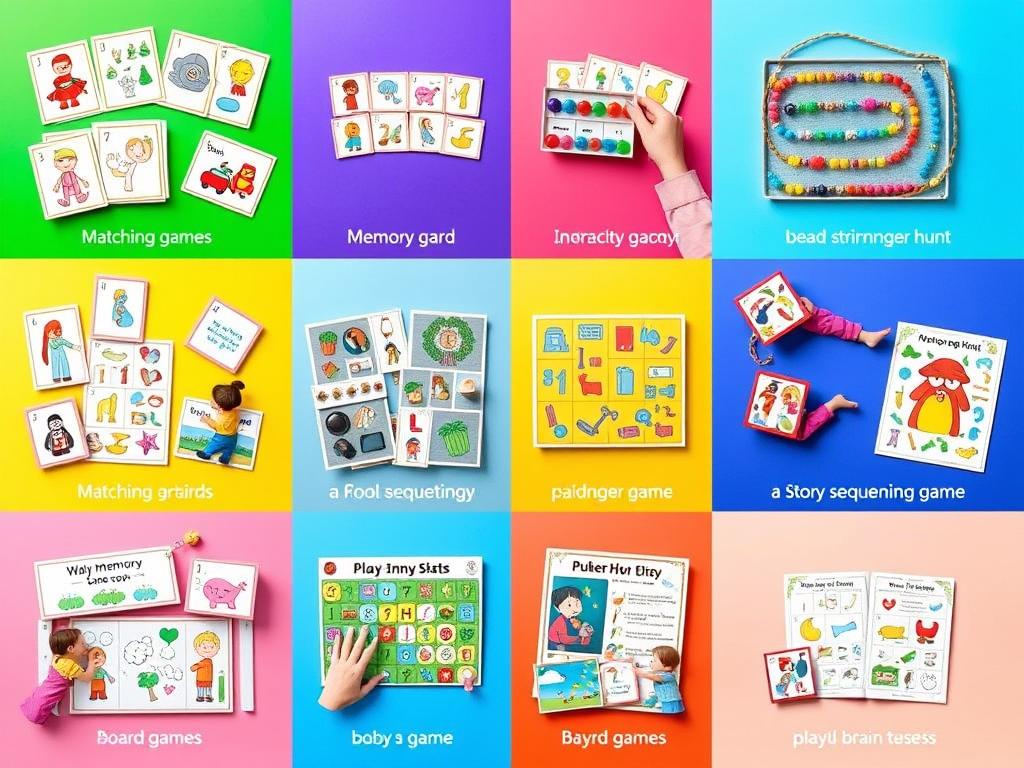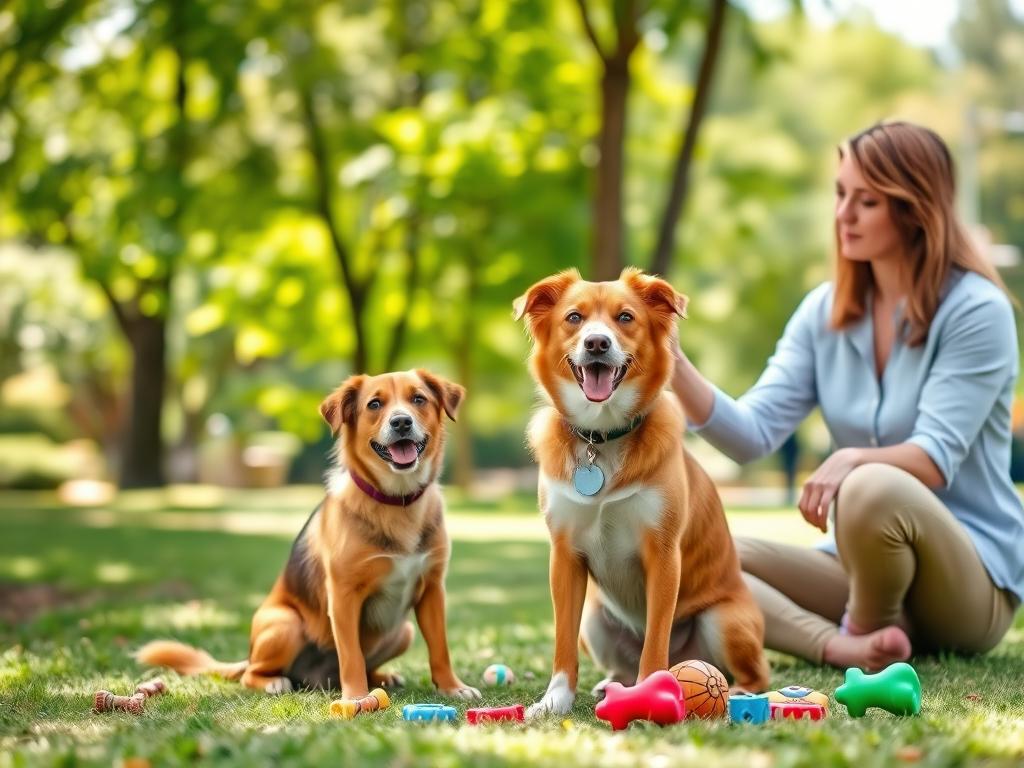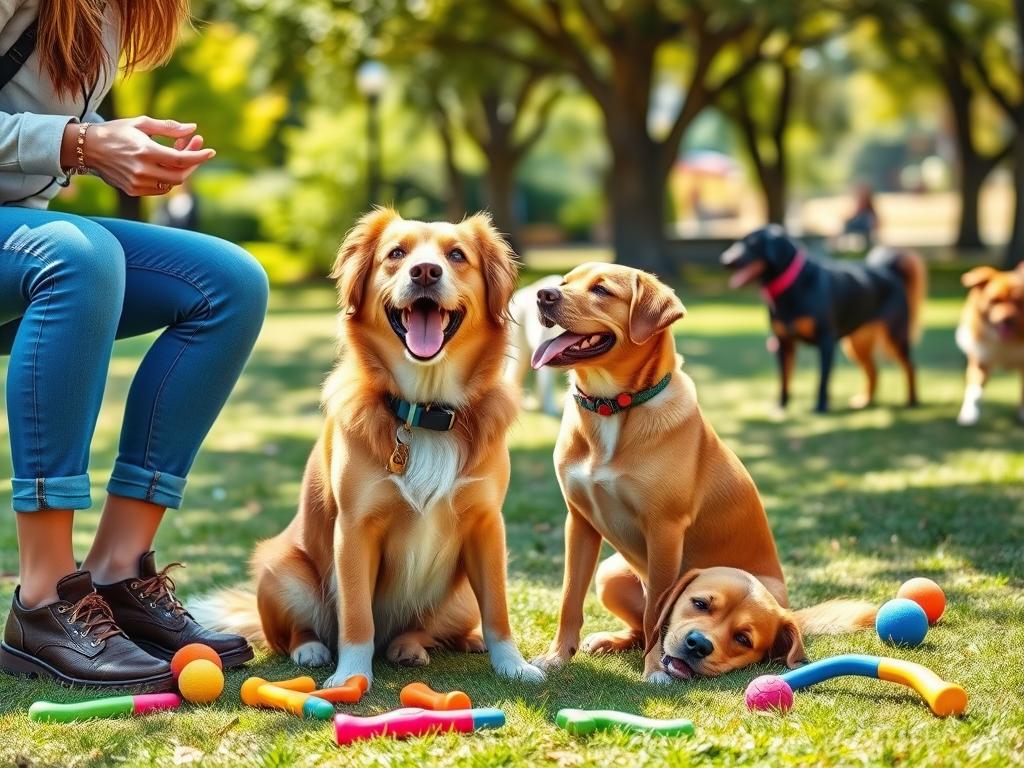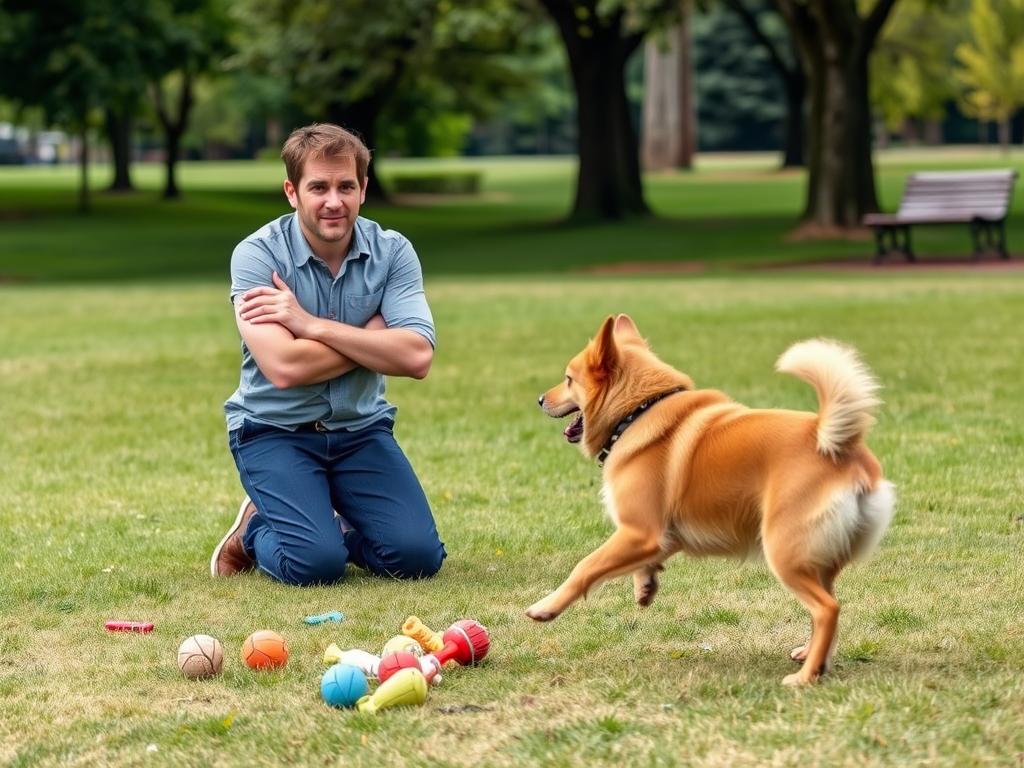Every pet owner has experienced a moment of frustration, and for bird enthusiasts, that often comes in the form of a sharp bite. Picture this: an excited parrot, bright colors glimmering in the sunlight, chirping away happily on your shoulder. Then, in a split second, the joy turns into a painful reminder when the bird suddenly lashes out. Many bird owners find themselves asking, “How do I train my bird to stop biting?” Understanding this often bewildering behavior is essential. After all, bird biting is one of the top three concerns in parrot keeping, along with noise issues and feather destruction.
Fear, territorial instincts, or hormonal surges may trigger such reactions, and that’s where effective bird biting prevention methods come into play. By recognizing the importance of body language and your bird’s environment, you can work on establishing a healthier relationship and reduce biting incidents. Throughout this article, we’ll explore practical bird training techniques—from building trust to employing a consistent training regimen—designed to foster a harmonious bond with your feathered friend.
Key Takeaways
- Understanding a bird’s body language is crucial in addressing biting behavior.
- Utilizing techniques like stick training can effectively reduce bites during hormonal periods.
- Consistency in positive reinforcement plays a vital role in retraining a biting bird.
- Careful observation of environmental triggers can help prevent aggressive behavior.
- Clicker training enhances communication and encourages desired behaviors in your pet bird.
Understanding Why Birds Bite
Understanding the motivations behind bird biting is essential for effective pet bird biting prevention. Birds are expressive creatures, and their behavior often communicates their feelings and needs. Recognizing why your bird may resort to biting can guide you in training my bird not to bite effectively.
Common Reasons Birds May Bite
Birds may bite for numerous reasons, including fear, territoriality, and frustration. For instance, baby birds generally do not bite when they haven’t yet developed a fear of human hands. In contrast, adult birds may nip at fingers when a hand approaches them. This biting can become a learned behavior, often reinforcing a cycle of fear and aggression. Parrots especially display biting behaviors due to stress, hormonal changes, and boredom, signaling discomfort or dislike.
The Importance of Body Language
Understanding a bird’s body language is vital for effective bird behavior modification. Many birds cannot verbally express their feelings, so their physical cues serve as their primary form of communication. Key signs include puffed feathers, dilated pupils, and leaning postures. By interpreting these signals correctly, owners can prevent potential biting incidents. Watching interactions and identifying missed signs can illuminate triggers, enhancing the bond between you and your pet.
How Environment Impacts Behavior
The environment profoundly affects a bird’s comfort and behavior. Stimulation through appropriate toys allows birds like cockatoos and macaws, known for their need to chew, to engage in healthy activities. Owners often inadvertently worsen biting behavior by yelling or punishing their birds. Instead, creating a safe and enriching space can significantly reduce biting incidents. Offering suitable chew items teaches birds that certain objects, rather than human fingers, are appropriate for biting. For more insights into altering your living space for bird comfort, visit this helpful resource.
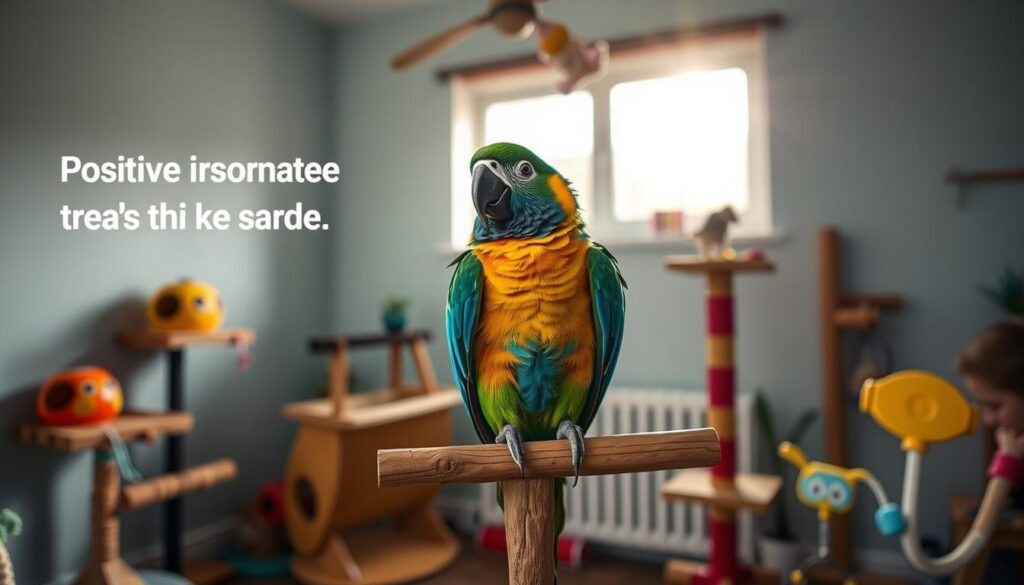
Building Trust with Your Bird
Establishing trust between you and your bird serves as the foundation for a harmonious relationship. Employing effective techniques can significantly enhance your bird obedience training journey, leading to fewer biting incidents. Implementing gradual methods and understanding your bird’s needs allows for a rewarding experience as they learn to feel secure in your presence.
Techniques for Gaining a Bird’s Trust
To encourage your bird to trust you, begin by introducing treats. Offering five different foods helps determine which ones are their favorites, establishing a positive association with your approach. Slow, deliberate movements when interacting with a frightened bird can demonstrate to them that you pose no threat. Present your hand confidently and calmly, as this demonstrates safety while fostering a sense of comfort.
The Role of Positive Reinforcement
Positive reinforcement plays a crucial role in bird training tips and techniques. Utilizing a clicker can improve communication, as it marks the desired behaviors effectively. Rewarding your bird with treats and praise fosters more of these behaviors, encouraging obedience and reducing instances of biting. Ending training sessions on a positive note reinforces learning and builds trust over time.
Creating a Safe Space
Creating an environment where your bird feels safe directly impacts their behavior. Ensure that their space includes toys, perches, and ample room to move. A well-maintained habitat contributes to your bird’s overall well-being and lessens conflict. Identifying and respecting your bird’s body language is essential; understanding their signals can help you further avoid issues like biting.
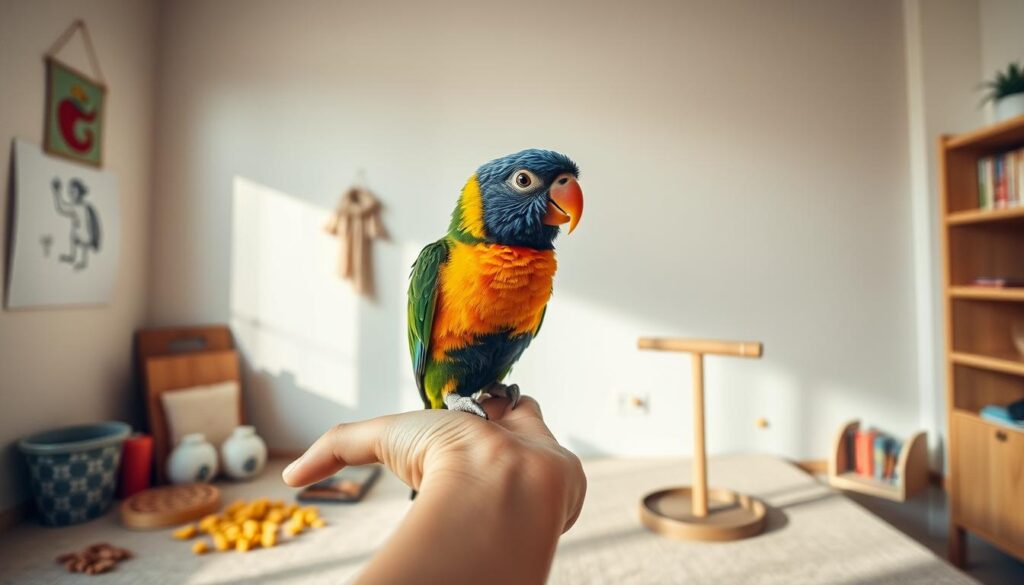
Train My Bird Techniques to Discourage Biting
Bird training for beginners can often feel overwhelming, especially when dealing with biting behaviors. Understanding and applying effective bird training techniques to redirect these behaviors can make a significant difference. Focused on positive reinforcement and consistency, these strategies play a pivotal role in bird behavior modification.
Step-by-Step: Redirecting Behavior
When anticipating a bite, it’s essential to remain calm. Redirecting behavior starts with recognizing the subtle cues your bird may display before biting, such as eye pinning or feather ruffling. Implementing the “Be Gentle” command when your bird exhibits gentle nibbling can help differentiate between harmless play and aggressive bites.
Using Distraction Methods
Distraction methods can effectively prevent biting incidents. Gently encourage your bird to balance or engage in another activity, such as using toys or treats. This redirection of focus allows you to avoid a situation that may lead to biting, while simultaneously reinforcing positive actions. Clicker training serves as a valuable tool in strengthening the bond with your bird and promoting desired behaviors.
Employing Consistency in Training
Consistency is key in bird training for beginners. Clear signals and regular routines create a stable environment where your bird can flourish. Observe your bird’s behavior to pinpoint triggers for biting, adjusting responses accordingly. Never give in to demands expressed through biting; instead, reinforce positive behaviors consistently. A structured approach to training enhances communication and can decrease the frequency of biting.
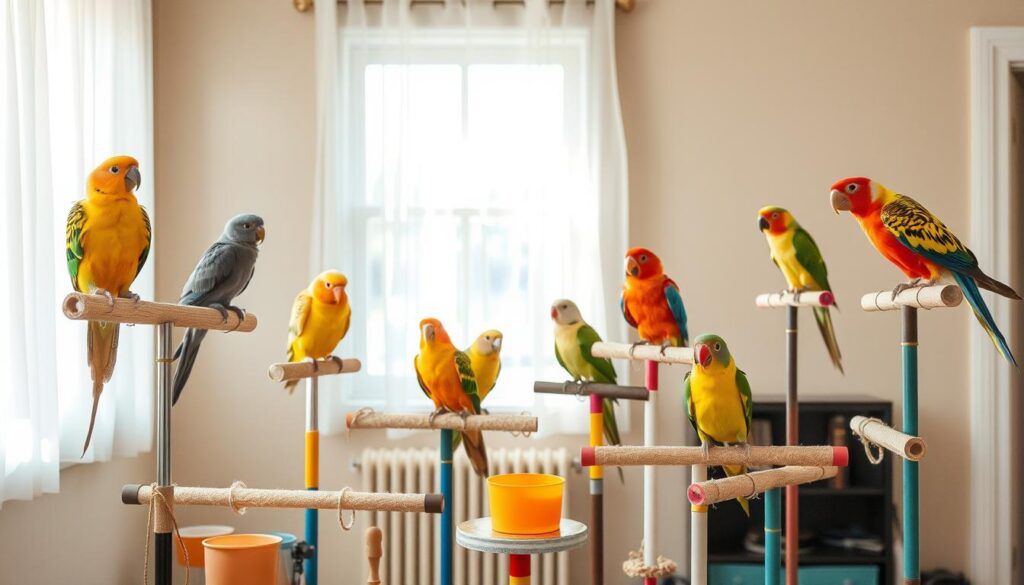
Recognizing Signs of Aggression
Being aware of signs of aggression in birds is crucial for preventing biting and improving the overall relationship between you and your pet. Aggressive behaviors can stem from various factors, including fear, jealousy, or adolescence. Understanding these warning signals helps owners manage situations effectively and promote positive bird behavior modification.
Identifying Warning Signals
Common warning signs include eye pinning, puffed feathers, and lunging. Eye pinning may indicate excitement or agitation. Puffed feathers often indicate that a bird feels threatened or defensive. Lunging represents a more direct threat. Recognizing these behaviors allows you to respond appropriately, potentially avoiding escalation and maintaining a safe environment.
Understanding Your Bird’s Body Language
Body language plays a vital role in communication between birds and their owners. Knowing the subtleties helps in training my bird not to bite. For instance, relaxations in posture or beak grinding might indicate comfort, while fluffed feathers signal distress. *Observing these cues enables pet owners to adapt their actions accordingly, ensuring a harmonious relationship.* Consistency and repetition during training sessions remain essential, laying a foundation for trust and positive interactions. If aggression continues despite efforts, consulting a professional may provide additional strategies.
Encouraging Positive Interactions
Fostering positive interactions with your bird is essential for building a strong bond and promoting a happy environment. Implementing effective bird training tips can significantly reduce aggressive behaviors, particularly when it comes to stop bird biting training. Through various engaging activities, you can create an atmosphere of trust and comfort for your feathered friend.
Engaging in Socialization Activities
Incorporating socialization activities into your routine encourages positive interactions between you and your bird. This can involve simple tasks such as talking to your bird, introducing them to new people in controlled settings, or allowing them time outside their cage under supervision. By providing opportunities for your bird to interact with others, you help them feel more secure and less likely to exhibit biting behavior.
The Benefits of Playtime
Regular playtime is a crucial aspect of your bird’s daily routine. Engaging in activities using toys and target sticks can provide mental stimulation and satisfy their natural instincts. Playtime serves as a platform to reinforce positive behaviors. When birds are stimulated physically and mentally, they become less anxious and more inclined to engage positively, which is vital for successful stop bird biting training.
Establishing a Routine
Creating a consistent daily routine can greatly benefit your bird’s emotional well-being. Predictability can be comforting for birds, reducing stress and potential aggression. Incorporate specific times for feeding, socialization, and play. This structure not only promotes a sense of security but also encourages positive interactions and reinforces the bond between you and your bird. To learn more about nurturing a loving environment, consider checking out this useful guide on parenting techniques.
When to Seek Professional Help
Understanding when to seek professional help is essential for ensuring a harmonious relationship with your bird. Signs that indicate the need for expert intervention include persistent biting despite your training efforts, changes in behavior that are concerning, or indications of underlying health issues. Recognizing these factors early can significantly aid in effective bird behavior modification.
Signs a Professional is Needed
If your bird’s biting becomes more frequent or aggressive, it might be time to consult a professional. Persistent biting may hint at stress, fear, or even health problems. Consulting with an avian behaviorist can clarify the causes of these issues and provide tailored strategies to promote better behavior and comfort for your pet.
How to Choose the Right Trainer
Selecting the right trainer is crucial for successful bird obedience training. Look for professionals with experience in positive reinforcement techniques, as this approach fosters trust and encourages desired behaviors. A good trainer should also be adept at reading body language and providing personalized guidance that suits your bird’s unique needs.
The Benefits of Group Classes
Participating in group classes can offer numerous advantages for both you and your feathered friend. These classes not only provide a platform for collaborative learning but also enhance socialization skills in birds, contributing to their overall well-being. Engaging with other bird owners can also provide valuable support and insights, creating a community that encourages successful training. For additional insights on nurturing a positive environment at home, you can explore these strategies.

